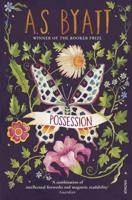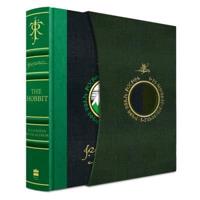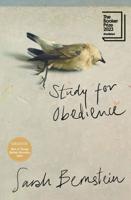Publisher's Synopsis
Harriet E. Wilson (March 15, 1825 - June 28, 1900) is considered the first female African-American novelist, as well as the first African American of any gender to publish a novel on the North American continent. Her novel Our Nig, or Sketches from the Life of a Free Black was published anonymously in 1859 in Boston, Massachusetts, and was not widely known. The novel was discovered in 1982 by the scholar Henry Louis Gates, Jr., who documented it as the first African-American novel published in the United States. The novel, The Bondwoman's Narrative by Hannah Crafts, published for the first time in 2002, may have been written before Wilson's book. Born a free person of color (free Negro) in New Hampshire, Wilson was orphaned when young and bound until the age of 18 as an indentured servant. She struggled to make a living after that, marrying twice; her only son George died at the age of seven in the poor house, where she had placed him while trying to survive as a widow. She wrote one novel. Wilson later was associated with the Spiritualist church, was paid on the public lecture circuit for her lectures about her life, and worked as a housekeeper in a boarding house. Biography Born Harriet E. "Hattie" Adams in Milford, New Hampshire, she was the mixed-race daughter of Margaret Ann (or Adams) Smith, a washerwoman of Irish ancestry, and Joshua Green, an African-American "hooper of barrels." After her father died when Hattie was young, her mother abandoned Hattie at the farm of Nehemiah Hayward Jr., a well-to-do Milford farmer "connected to the Hutchinson Family Singers". As an orphan, Adams was bound by the courts as an indentured servant to the Hayward family, a customary way for society at the time to arrange support and education for orphans. The intention was that, in exchange for labor, the orphan child would be given room, board and training in life skills, so that she could later make her way in society. From their documentary research, the scholars P. Gabrielle Foreman and Reginald H. Pitts believe that the Hayward family were the basis of the "Bellmont" family depicted in Our Nig. (This was the family who held the young "Frado" in indentured servitude, abusing her physically and mentally from the age of six to eighteen. Foreman and Pitts' material was incorporated in supporting sections of the 2004 edition of Our Nig.) After the end of her indenture at the age of eighteen, Hattie Adams (as she was then known), worked as a house servant and a seamstress in households in southern New Hampshire, and in Marriage and family Adams married Thomas Wilson in Milford on October 6, 1851. An escaped slave, Wilson had been traveling around New England giving lectures based on his life. Although he continued to lecture periodically in churches and town squares, he told Hattie that he had never been a slave and that he had created the story to gain support from abolitionists. Wilson abandoned Harriet soon after they married. Pregnant and ill, Harriet Wilson was sent to the Hillsborough County, New Hampshire Poor Farm in Goffstown, where her only son, George Mason Wilson, was born. His probable birth date was June 15, 1852. Soon after George's birth, Wilson reappeared and took the two away from the Poor Farm. He returned to sea, where he served as a sailor, and died soon after. As a widow, Harriet Wilson returned her son George to the care of the Poor Farm, where he died at the age of seven on February 16, 1860. She could not make enough money to support them both and provide for his care while she worked. After that, Wilson moved to Boston, hoping for more work opportunities. On September 29, 1870, Wilson married again, to John Gallatin Robinson in Boston. An apothecary, he was a native of Canada born in Sherbrooke, Quebec. Robinson was of English and German ancestry; he was nearly 18 years younger than Wilson. From 1870-1877, they resided at 46 Carver Street, after which they appear to have separated....








